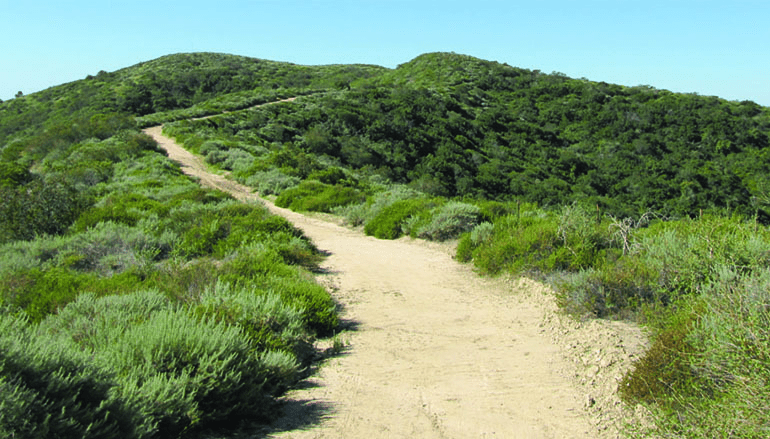
Getting In Hunting Shape
By C.L. Hisey, The Field Dr.
Let’s talk about getting in shape for the hunt you have planned. Many of us will hunt whitetail deer or other game in their season close to home. Others have hunts planned in other states or countries with unfamiliar environments including weather and altitude. It’s important you’re up to the challenge of hunting, regardless of your hunt’s location. Most jobs do not entail a lot of physical activity and exercise is not a regular part of the day. This, along with poor eating habits, causes many to be out of shape and overweight. Although it’s late in the year, there’s no time like the present to begin making some needed changes in your diet and daily activity. I have no plans to make you ready for a marathon or the Olympics. However, making you ready for the hunt you have planned is an attainable goal.
Body weight
First, let’s look at diet. Americans tend to consume many more calories than we need. If your weight is more than 20 percent above your ideal body weight, you’re considered obese. That may hurt, but it’s good to know the truth. The ideal body weight for a man is 50 kg (110 pounds) at 5 feet and 2.3 kg (5 pounds) for each inch over 5 feet. Let’s look at a man who is 225 pounds and 6 feet tall. His ideal body weight should be 110 pounds plus 60 pounds (5 pounds for every inch over 5 feet) for a total of 170 pounds. He is considered obese because his actual weight of 225 is 32 percent over his ideal body weight of 170 pounds. Sometimes knowing the truth helps to give some drive to your weight loss and exercise program.
Eat healthier foods
Stopping your snacks and sodas is the first way to lower your caloric intake. Did you know that drinking one 12-ounce can of soda a day can cause you to gain 12 pounds a year? Don’t skip meals because this drastic lowering of calories causes your body to lower its metabolism and slows the weight loss. Stay at single helpings and drink plenty of water. Simply eat three meals a day. You can get more aggressive by stopping all fried foods. Eat more fresh fruit and vegetables and baked or broiled meats. For most people this simple “three meals a day-no fried foods-single helping diet” can cause some weight loss. Your snacks, if you need them, can be an apple or carrot sticks. Stay away from the sweets and the chips!
Exercise
Now that we have covered the diet, let’s look at exercise. For most of you, I really recommend visiting your doctor before beginning any exercise program. I want you to make sure you’re up to the type of activity it will take for you to have a safe hunt. Once you have your doctor’s clearance, start a walking program. Try to walk for 10-15 minutes at a time. As you tolerate this periodically, increase by 5-10 minutes till you can walk for a solid 30 minutes to an hour. Now that you have this under your belt, so to speak, consider the process of carrying extra weight in a backpack to mimic what you will carry when hunting. If you’re hunting at a higher elevation than where you live, being in good shape will help you cover more ground during your hunt. It may also make the difference in whether your hunt is successful.
Putting more into exercise
Weight training is OK, but I believe for most men, cardio workouts are better at getting them ready for hunts. I know many men who are very strong, but have no stamina or the ability to withstand the rigors of a high altitude or mountainous hunt. Those who have the ability may consider interval training with alternating between walking and jogging as they exercise. The key here is the more you put into your exercise the more benefits you will see. It won’t be easy, but it can be done. Make sure that you have discussed this hunt with your doctor and that if you’re on chronic medicines that you take them with you and take them correctly. Make sure your fellow hunters and your guide know of any health problems and contact numbers should you need help. Have a great season and enjoy the hunt.
photo: Hit up some trails for a bigger challenge to getting fit. Trails can be more challenging than your neighborhood’s paved roads.



